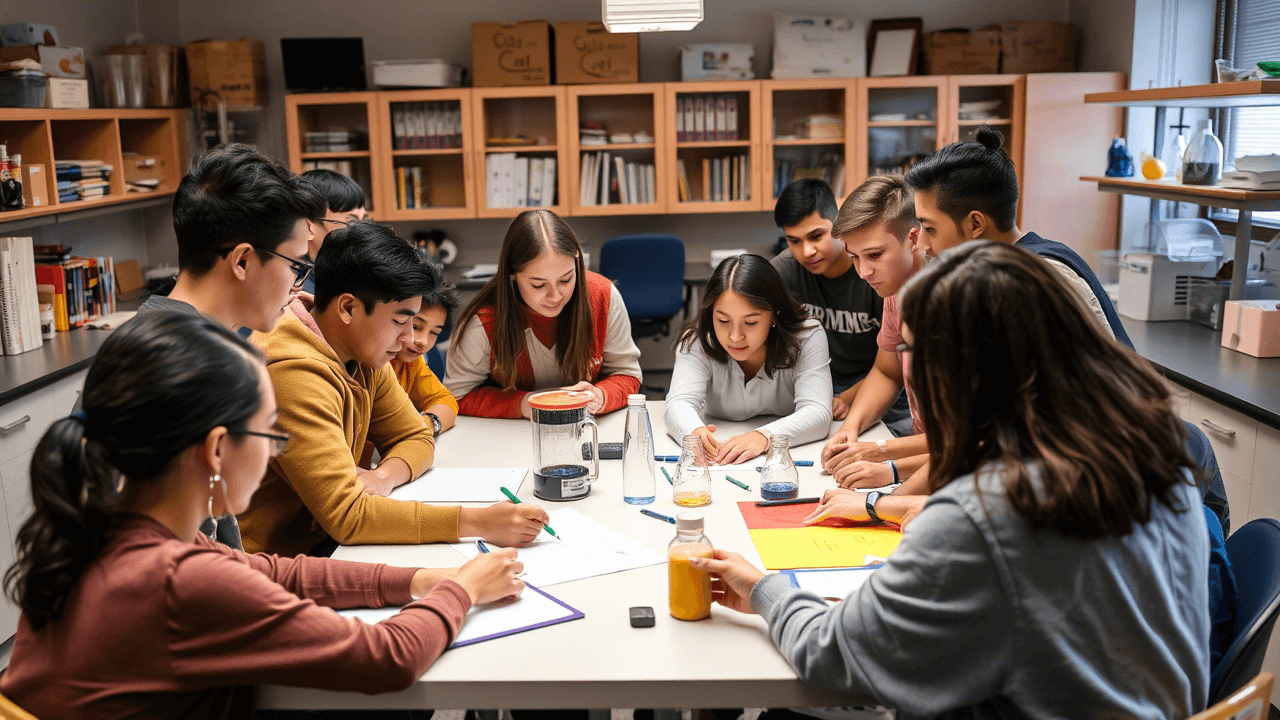
Higher education is changing. What was once a predictable path is now evolving, prompting questions about its societal role. This article explores how the purpose of higher education is adapting to new knowledge, changing values, and a world that questions traditional structures.
Table of Content
- How the Mission of Higher Education is Evolving
- Meeting Students Where They Are: Adapting to Changing Needs
- Bridging the Gap: Transactional vs. Transformational Education
- The Future of Higher Education
- Conclusion
How the Mission of Higher Education is Evolving
Historically, colleges and universities have had distinct missions. Some prepare students for specific jobs, while others prioritize research and creating new knowledge. This distinction is becoming less clear. Universities known for excellent teaching are now encouraged to do more research. This can bring in money and make classes more relevant, but there's a risk. Focusing too much on research could mean less attention to teaching undergraduates.
For example, a 2019 National Bureau of Economic Research study found that increased research funding at some universities decreased undergraduate teaching hours. Meanwhile, research universities, especially public universities with many undergraduate students, are asked to remember their teaching mission. Tenured professors, secure in their positions, often prefer research. This isn't always bad.
A 2017 Northwestern University study showed that professors can be excellent researchers and teachers. However, it does. This study raises the question of how universities balance these roles, especially when tenure decisions often emphasize research more than teaching. Students might sign up for a class with a well-known professor only to find a teaching assistant leading most sessions. My experience as a student reflects this; several of my introductory courses were taught primarily by TAs despite being advertised with the professor's name. Community colleges are also transforming.
They now offer early college courses, sometimes while students are still in high school, saving time and money. They also provide job training and retraining for adults. However, this focus on early college can have drawbacks. Students might miss out on extracurricular activities, which teach valuable social and leadership skills.
I've seen this firsthand with my younger cousin, who participated in an early college program and regretted missing traditional high school experiences. Traditional colleges compete with for-profit schools, online courses, and company training programs. This pressure can lead to cost-cutting that hurts quality. For-profit colleges may shorten class time, hire cheaper adjunct professors, and lower standards to graduate more students quickly.
This raises concerns about whether students get their money's worth and whether their education adequately prepares them for jobs. A 2015 study by the Brookings Institution found that students attending for-profit colleges often had lower earnings and higher debt than those attending non-profit or public institutions.
Meeting Students Where They Are: Adapting to Changing Needs

Colleges need to adapt to students' needs. Many students wish to get degrees that lead to jobs. The challenge is designing relevant programs in a rapidly changing job market. Universities need strong connections with local businesses to understand what skills are required.
This allows them to adjust their programs to include new technologies and trends. I recently discussed this with a friend who works in software development. He emphasized the importance of universities teaching practical skills, like specific coding languages, alongside theoretical concepts. Faculty usually create curricula.
However, their focus on research might mean courses don't always teach practical skills. For example, employers often say that graduates with STEM degrees lack essential soft skills such as communication and teamwork. This points to a broader question about the purpose of different levels of education.
Undergraduate studies should teach students how to think critically, graduate programs should develop expertise, and doctoral programs should contribute new knowledge. Undergraduate programs mustn't lose sight of teaching students how to learn and adapt, as specific technologies and information can quickly become outdated. Colleges also need to teach students how to collaborate.
In today's workplace, working well in teams is essential. Students need to learn how to lead and participate in diverse groups. In my career, I've seen how crucial teamwork is for achieving shared goals. Projects often stall or fail not because of a lack of technical expertise but because of communication breakdowns and an inability to work effectively together. Critical thinking is also crucial. Students must be able to analyze information, solve problems, and make decisions in a world of constant change.
Liberal arts education, which encourages broad thinking across different subjects, has become less popular. Colleges should find ways to bring interdisciplinary approaches into career-focused programs. My liberal arts background has been invaluable in my career, allowing me to approach problems from different perspectives and adapt to new situations.
Bridging the Gap: Transactional vs. Transformational Education
There's a debate about whether higher education is transactional—getting a degree for a job—or transformational—developing as a person. This topic is discussed in discussions about college rankings, choosing a major, and career prospects. Parents and students focused on immediate results might prioritize rankings and job-focused programs.
Others might value broader learning and personal growth. This difference in perspective can cause tension, especially in college counseling. A friend who's a college counselor shared how challenging it can be to help families navigate these differing expectations. It's important to understand where these perspectives come from.
Someone whose family struggled financially might prioritize a secure job. If you invest heavily in your child's education, you want a clear return. This explains why some families focus on the transactional aspects of education. To bridge this gap, counselors need to understand both viewpoints. They should talk openly with students and parents about the purpose of education and share examples of how different approaches can lead to success. For instance, they could highlight alumni who found fulfilling careers after studying humanities or liberal arts.
My career path, which started with a humanities degree and now involves data analysis, illustrates how seemingly disparate fields can connect. Universities can also help by offering programs that combine both approaches.
Many already offer interdisciplinary majors that combine practical skills with broader learning. This allows students to explore their interests while gaining valuable skills for the job market. A colleague of mine studied a combined program in engineering and philosophy, which prepared them well for a career in technology ethics.
The Future of Higher Education
Higher education faces challenges, but these are also opportunities. Colleges and universities can navigate this changing landscape by embracing innovation, working with businesses, and focusing on student success in all its forms – not just job placement.
This means moving beyond nostalgia and building a future where education helps people thrive in a complex world. Higher education's future depends on its ability to adapt. By teaching critical thinking, collaboration, and lifelong learning, colleges can empower students to succeed in the 21st century.
This requires ongoing dialogue, experimentation, and a willingness to challenge traditional models. The conversations we have today about the purpose of higher education will shape the educational experiences of future generations.
Higher education stands at a crossroads. Once a reliable pathway to career success and personal growth, the traditional model is challenged by evolving economic realities, technological advancements, and shifting societal expectations.
There is no single answer to the purpose of higher education; it is a dynamic interplay between individual aspirations, institutional missions, and the world's ever-changing needs.
The path forward requires a multifaceted approach. Institutions must balance encouraging intellectual curiosity and providing practical skills, preparing students for today's known jobs and future opportunities.
This necessitates strong partnerships between academia and industry, enabling the curriculum to remain relevant and responsive to the workplace's evolving demands. Furthermore, universities and colleges must embrace innovation in teaching methods and program design, incorporating experiential learning, interdisciplinary approaches, and personalized learning pathways.
Connecting this changing aspect requires a proactive and reflective approach for students. Understanding the different education models—transactional versus transformational—can empower students to make informed choices about their academic journey. They can align their goals with programs that best support their needs and aspirations. It's a process of self-discovery, exploring one's passions while considering the practical realities of the job market.
Conclusion
Ultimately, the future of higher education hinges on embracing change and encouraging a lifelong learning mindset. The skills acquired in college are not simply tools for securing a job; they are the foundation for navigating a complex world, adapting to new challenges, and contributing meaningfully to society.
Higher education must prepare students with the knowledge and the ability to learn and relearn throughout their lives, embracing the dynamism and uncertainty of the 21st century. The conversation about the purpose of higher education is far from over; it's an ongoing evolution, shaping the future of learning and the individuals who will shape the future of our world.





